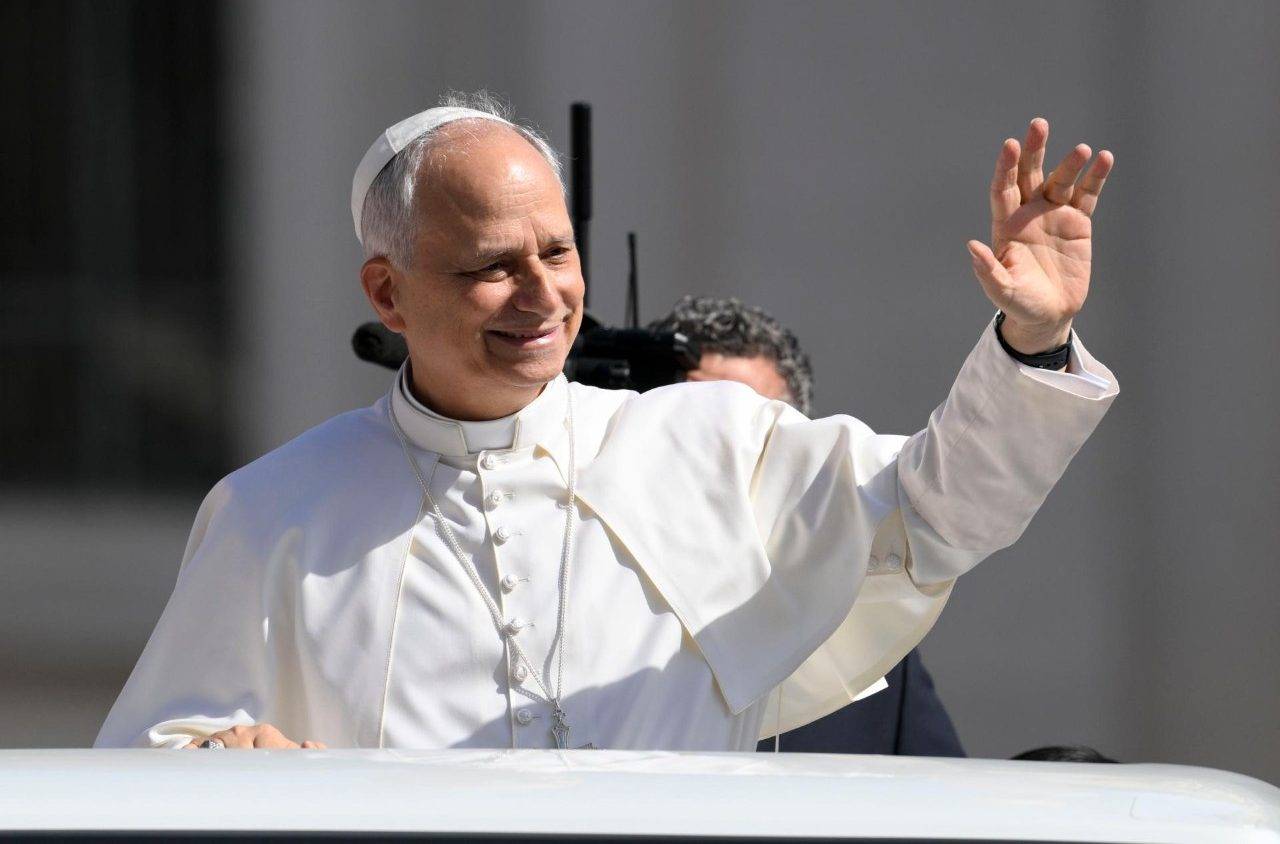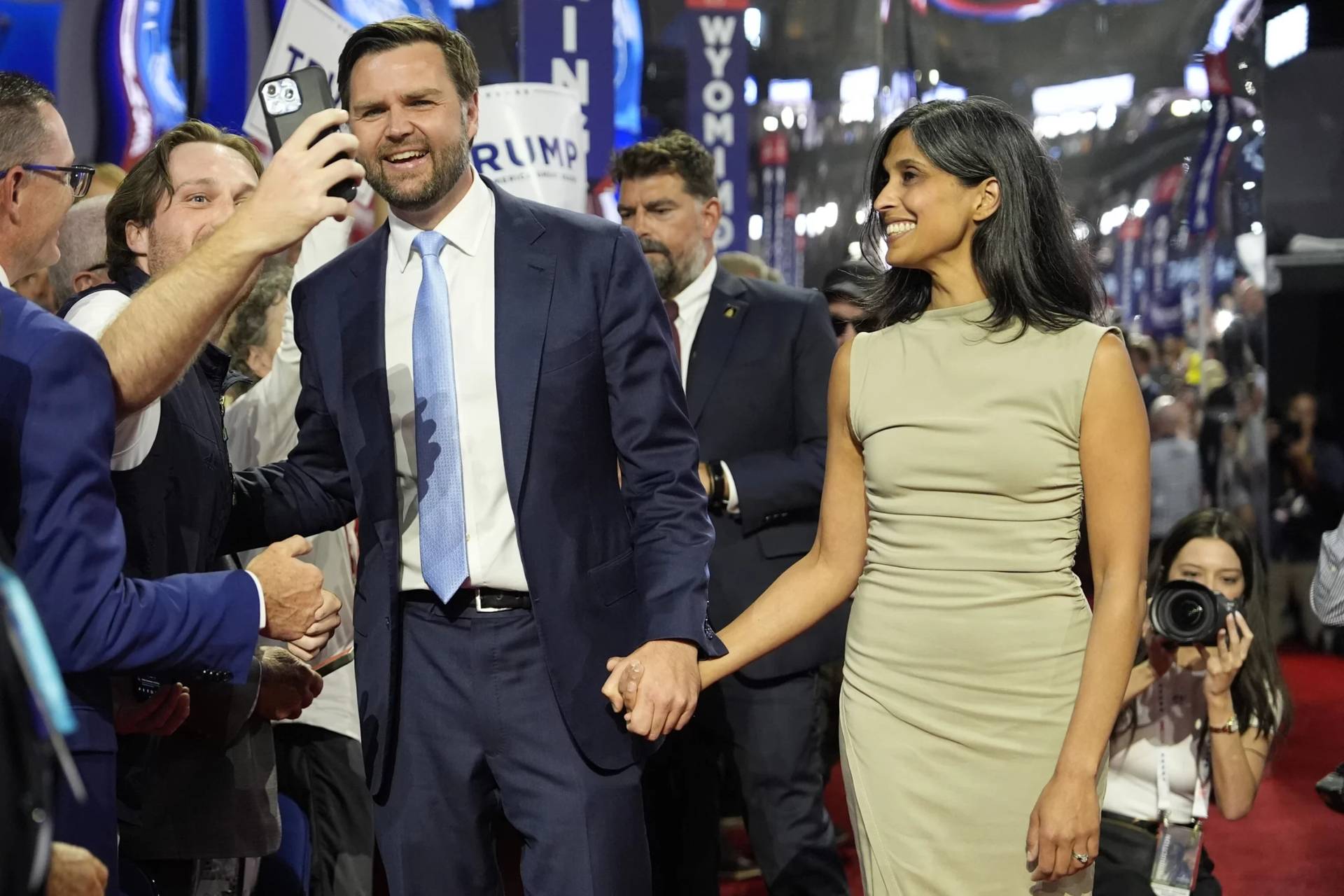ROME — For those of us who are Americans, it’s probably healthy once in a while to remind ourselves that the world doesn’t actually revolve around us. In that spirit, it’s almost certainly the case that Pope Francis was not trying to make a statement about the United States when he named five new cardinals on Sunday, just four days before his keenly awaited meeting on Wednesday morning with President Donald Trump.
The timing is, nevertheless, arresting: On the cusp of his encounter with “Mr. America First,” the pontiff delivered a clear gesture about the importance of the peripheries.
In a vintage Francis surprise, the pope used his Regina Coeli address on Sunday to roll out new cardinals from El Salvador, Mali, Laos, Sweden and Spain. In three of those five cases, we’re talking about countries that have never had cardinals before, and, with the exception of Archbishop Juan José Omella of Barcelona, Spain, all hail from places that would traditionally be regarded as “peripheral.”
Among these five new Princes of the Church, it would seem that the choice of Bishop Gregorio Rosa Chávez of El Salvador was the engine that drove the train for Francis in this particular crop.
As history’s first Latin American pope, Francis is keenly aware of what Rosa Chávez symbolizes to the church in that region. He’s the living embodiment of the legacy of Archbishop Oscar Romero, the martyr of Latin America who was killed while saying Mass in 1980 by gunmen linked to his country’s right-wing paramilitary groups, who wanted to silence his advocacy on behalf of the poor and oppressed.
Given that the U.S. government played an important role in developing, supporting and funding those paramilitary forces, the fact that announcement came just ahead of Trump’s arrival in Rome could be seen as a papal invitation to an examination of conscience.
Now 74, Rosa Chávez was one of Romero’s closest friends and collaborators, and, like Romero, he was long held at arm’s length by Catholic officialdom, afraid that elevating him or celebrating Romero’s memory would be politically and socially divisive. Rosa Chávez has been passed over three times for the job of Archbishop of San Salvador, and he’s actually the country’s longest-serving bishop, holding office even longer than all the currently retired Salvadoran bishops.
Ending the deep freeze around Romero’s legacy has been a priority of Francis since his election. He approved the beatification of the Salvadoran martyr in May 2015, and making Rosa Chávez a cardinal is part of the same “rehabilitation” project.
As for the others, there are individual bits of logic that help explain the choices.
Naming the first-ever cardinal from Sweden, for instance, is a logical follow-up to Francis’s visit to the country last October, when Bishop Anders Arborelius was the pontiff’s host as the country’s lone Catholic bishop. (Arborelius was already the first bishop of Swedish descent in the Catholic Church since the Protestant Reformation in the 16th century.)
By inducting Arborelius into the College of Cardinals, Francis is not only acknowledging the peripheries but also elevating one of the Church’s most ecumenically-minded prelates, reflecting his emphasis on the quest for Christian unity.
As for Bishop Louis-Marie Ling Mangkhanekhoun of Pakse in Laos, this is a clear case of a pope reaching out to a marginal location, even by Catholic standards. There are just about 45,000 Catholics in the entire country, with a total population of just under 7 million, and the Church is so small there aren’t even any actual dioceses in Laos, just four apostolic vicariates.
Similarly in Mali, where 90 percent of the population of 15 million is Muslim, Catholics represent just about 1.5 percent of the country, meaning that Archbishop Jean Zerbo of Bamako likewise leads a tiny community that’s far off the beaten path of both the Church and the world.
When Francis formally makes these five prelates cardinals in a consistory ceremony set for June 28, he’ll further internationalize the body that will elect his successor. The choices also further complicate the time-honored exercise of speculating about the next pope, since all five are relative unknowns and it’s tough to assign them to a particular “bloc” or school of thought that might indicate the kind of pope they’ll be looking for when the time comes.
To be clear, Francis probably would have announced the consistory on Sunday regardless of who was coming calling this week. He needed to give the new cardinals roughly a month’s notice, and June 28, the vigil of the Feast of Sts. Peter and Paul, is a traditional moment for popes to hold a consistory.
The fact that Trump will be in the Vatican Wednesday is thus, for the most part, purely coincidental.
After all, Pope Benedict XVI’s last consistory in November 2012 was a similar affair, with six new cardinals from Lebanon, India, Nigeria, Colombia, the Philippines and the United States, and Benedict didn’t require a presidential visit to pull the trigger.
On the other hand, Francis is a savvy political operator, and no doubt the significance of his announcement coming just before Trump’s arrival wasn’t entirely lost on him either.
The cornerstone of Trump’s foreign policy agenda is the defense of American interests and American security, expressed in the mantra “America first.” Though it’s still too early to know precisely what that’s going to mean in terms of specific choices, in general it’s been taken to mean that the world’s most powerful superpower may be poised to pull back a bit from international engagement, and to pursue a more narrow and focused global agenda.
Francis, of course, is a convinced globalist, insisting that in the 21st century the fate of peoples and nations is inevitably intertwined, and that richer and more powerful societies have special responsibilities to the victims of a “throw-away culture.”
As a result, it may well have struck him that making a statement about the peripheries just before meeting the de facto leader of the center — one whose rhetoric, anyway, may suggest a certain lack of concern for the rest of the world — was the icing on the cake. These five prelates may not exactly owe their red hats to Donald Trump, but for those with eyes to see, there is nevertheless a message here.
The question now is whether the president gets that message – and, of course, what he does with it.
















